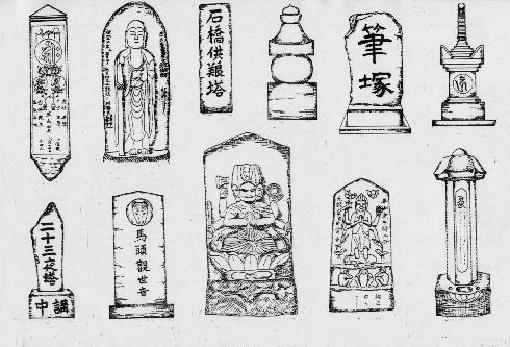stonework and faith
Updated: June 28, 2017
There are many stone structures built from the Middle Ages to the early modern period remaining in the city.
It was built between the Kamakura and Azuchi-Momoyama periods.
The Jizo Bodhisattva Tower was the stone tower that was most actively constructed as a symbol of popular faith during the Edo period.
Horses were an important source of labor in farming villages during the Edo period, and stone towers were erected to pray for the souls of horses that died from illness or accidents, as well as for safe travels on roads. They were actively built from the latter half of the Edo period through to the Taisho period.
| era | board monument | Koshin Pagoda | Jizo Bodhisattva Pagoda | Bato Kannon Pagoda |
|---|---|---|---|---|
| 1280~ | 3 | |||
| 1300~ | 25 | |||
| 1350~ | 50 | |||
| 1400~ | 37 | |||
| 1450~ | 20 | |||
| 1500~ | 5 | |||
| 1550~ | ||||
| 1600~ | ||||
| 1650~ | 9 | 4 | ||
| 1700~ | 13 | 10 | ||
| 1750~ | 4 | 6 | ||
| 1800~ | 4 | 5 | 3 | |
| 1850~ | 1 | 3 | 15 | |
| 1900~ | 1 | 20 | ||
| 1950~ | 1 | 2 | ||
| not clear | 118 | 7 | 12 | 5 |
| total | 258 | 40 | 40 | 45 |

type of masonry
Inquiries regarding this page
Inagi City Education Department Lifelong Learning Division
2111 Higashi-Naganuma, Inagi-shi, Tokyo
Phone: 042-377-2121 Fax: 042-379-0491







